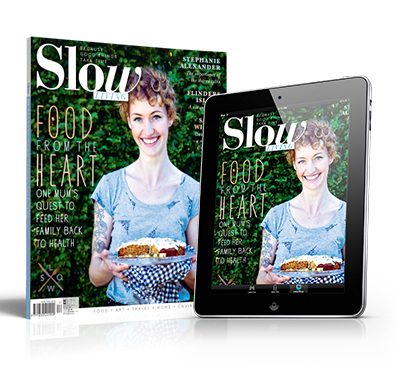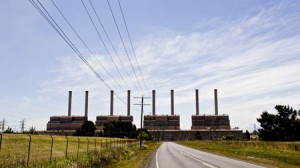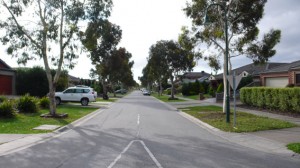
Say you’re in the market for a second car. You’ve already got the station wagon to drop off the kids at school, but your partner drives it and you want your own set of wheels, something zippy and hassle-free. You travel into the city for work so it’s got to be small and easy to park in tight spots. And fuel efficient, that’s important too. Money’s tight enough as it is.
If you went shopping for a vehicle with all these characteristics – small, fast, efficient and suitable for short trips into the city – what would you end up with?
You’d end up with a bike.
When you think about it, a bicycle is the ultimate inner-city car. All the reasons to buy a Barina, Fiesta or Yaris are magnified in the much-underestimated bicycle. Manoeuvrability? You can hug the road by leaning into corners and practically U-turn on the spot. Price? Under $1000, ride-away, no more to pay. Fuel efficiency? All you need is calories, and the cost of a salad sandwich is remarkably stable. Parking? Every street pole is a potential spot.
Of course, a car is more convenient for travelling vast distances quickly, especially with luggage; for moving house, picking up friends from the airport or transporting pets. But for regular trips under 10 kilometres – the bulk of most inner-city travel – the bicycle is far and away the best tool for the job. Sydneysiders are starting to realise this, which is why the number of people riding to work in metropolitan Sydney has increased by 50 per cent since 2006.
The NSW government’s December 2013 cycling strategy, Sydney’s Cycling Future, states that “riding a bike can be quicker than a car for trips up to 5 kilometres and faster than public transport for trips up to 8 kilometres”.
That’s an understatement. In commuter races in Sydney and Melbourne, the bicycle has outpaced the car over much greater distances than that. But even if the car had crossed the finish line first, its average speed would have been slower. That’s because a holistic analysis of “speed” takes into account not just the minutes spent travelling, but also the minutes spent working to earn the money to own and operate the vehicle itself. Rego, petrol, parking, tolls, infringement fines – all these have a “time cost” in terms of the hours we need to work to pay for them.
Associate Professor Paul Tranter, a human geographer at UNSW Canberra, has used this holistic analysis to calculate the “effective speed” of a car in Australian cities. His calculation uses the standard formula – speed equals distance divided by time – but all the time costs are considered. In Sydney, a driver of a small, efficient car who earns an average wage crawls through traffic at 12.7 kilometres an hour. Your typical commuting cyclist can beat that without breaking a sweat.
The clincher is lifestyle. Judging by ads for the Barina, Fiesta and Yaris, would-be hatchback owners are hoping their car will help them to reap the rewards of living in a hip, inner-city location. Stopping by the cafe with friends. Visiting an art gallery. Picnicking in the park. And yet all these lifestyle benefits rely on drivers having a single scarce commodity: free time.
This is where the promise of small car ownership stalls. According to NRMA figures, even the least expensive car to run in Australia, the Mitsubishi Mirage, has operating costs of $4851 a year. If you earn $35 an hour, each year you’re working 18 and a half days just to pay for your mode of transportation.
With a yearly cost of well under $500, a decent commuting bicycle enables a fuller city lifestyle simply by freeing up time to enjoy yourself. It turns out that the secret to securing the rich, leisurely social life depicted in car ads is to not own a car.
First published in The Sydney Morning Herald, Sunday May 25.










